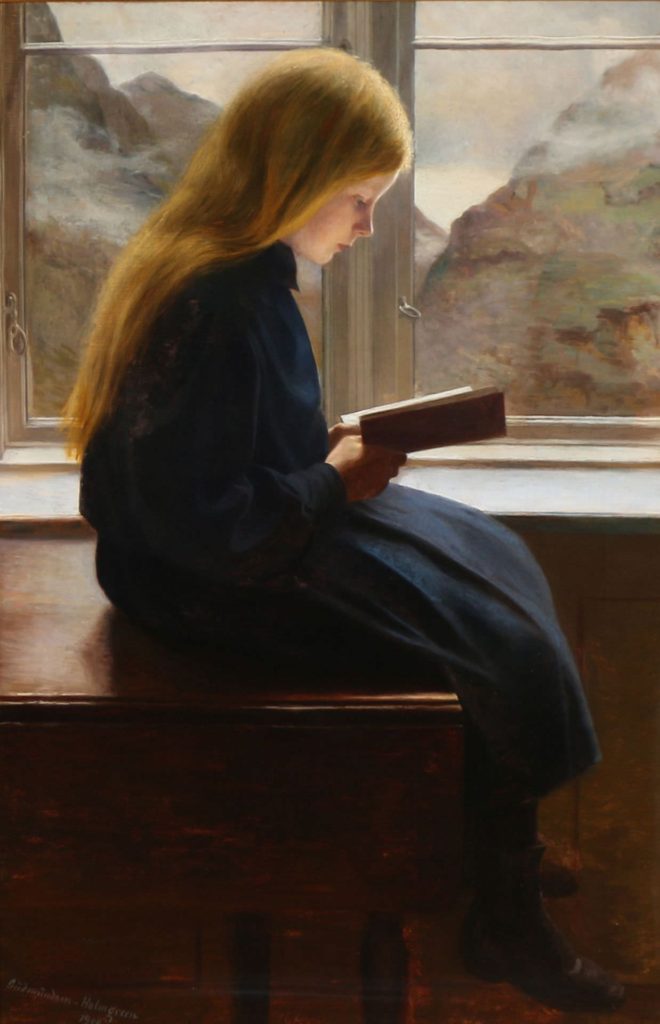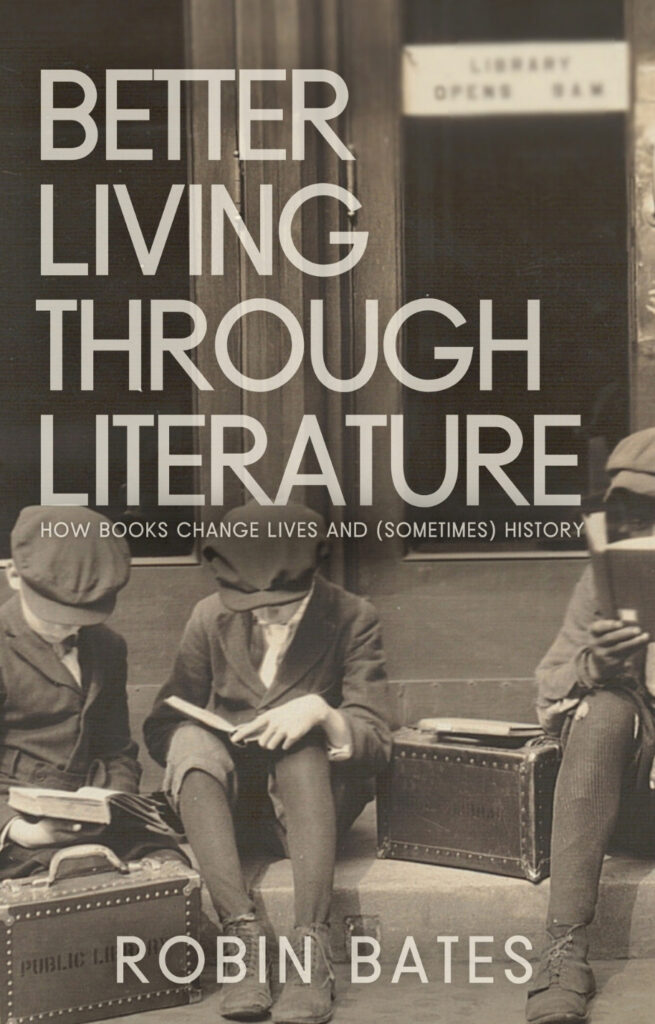
Tuesday
When I was seven or so, I arrived at what I now realize was a profound observation: there are two kinds of reading, school reading and real reading. Real reading was Winnie the Pooh and Narnia and the Hardy boys while school reading was boring stories with questions at the end that you had to answer. As a dutiful child, I read those boring stories and answered the questions, but I experienced no joy.
I thought back to that early act of literary theory after reading a blog post, sent to me by my teacher friend Glenda Funk, on “How to Stop Killing the Love of Reading.” Jennifer Gonzalez interviews 7th grade teacher Pernille Ripp, author of Passionate Readers, about how schools can do a better job.
Gonzalez first lays out the horrifying reality. Although spending millions on reading programs, special activities, and teacher training, schools aren’t turning our kids into people who love to read. Students may encounter “pages and pages of passages and comprehension questions” but they are spending “little to no time with actual books.”
Becoming a real reader, Gonzalez says, involves “[r]eading actual books alongside other people reading actual books.”
Ripp notes that reading instruction
tends to emphasize what researcher Louise Rosenblatt calls efferent reading, the kind of reading we do when looking for information, as opposed to aesthetic reading, which is done for enjoyment.
Ripp doesn’t deny the importance of close reading designed to extract and summarize information, but she notes that there can be collateral damage. In far too many schools, she points out,
reading for pleasure has been treated as an afterthought, something we encourage but don’t really make time for. Instead of giving students time to read, we’re giving them activities, projects, computer programs, reading logs, and worksheets that detract from actual reading.
To counter this, Ripp allots the first ten minutes of each class to independent reading. (When she taught elementary school, she gave her pupils 30 minutes.) The students make their own choices and, to help them find interesting material, she has built up a classroom library of several thousand books. This library, she says, works differently than the school library:
Why not just have students use the school library? Ripp believes students need both. “Kids need to see the books staring at them at all times, and I think that has made the biggest difference for some of my kids who would go through the motions of going to the school library and they would even check some books out, but then when it came down to actually sitting down and read it, they didn’t feel that same need or urge to read it.” Her experience has proven the research that says students read more in classes that have good classroom libraries. “I had a seventh-grader come back to me my first year at the end of the year,” she says, “and he said, ‘You know what made the biggest difference? The books were always right there staring at me.’”
Ultimately, the goal is to build up a classroom culture of reading. Ripp constantly communicates
how incredibly important books are to a good life, and how, if we get to know ourselves as readers, and have lots of conversations about our reading, we’ll really get to experience the true magic of reading.
I was a little surprised that Ripp didn’t mention reading aloud to the class, as my own kids’ fourth grade teacher did. (They would come home from school excited about The Rats of NIMH or The Mouse and the Motorcycle.) Having them choose their own books, however, is even better.
Aiding in Ripp’s culture building is a special “7th Grade Book Challenge,” but ultimately, she says, it all comes down to “one conversation at a time.” She notes that teaching reading is, at its core, “about human connection.”
I visited my four Georgia grandchildren this past weekend and spent much of my time reading to and being read to by them. There’s nothing like the human connection of home reading to construct a reading culture, especially when we are plunging into such delightful books as “Arnie the Doughnut” and “I Love My Big Hair.” I also read several chapters of Charlotte’s Webb to five-year-old Etta, after which seven-year-old Esmé kept reading the book on her own. Everything about my son’s household emphasizes the importance of books.
Those children who aren’t raised in such households, however, need teachers like Gonzalez and Ripp if reading is going to have a chance. Why spend millions on special reading programs when you can captivate a child with a five dollar paperback?

